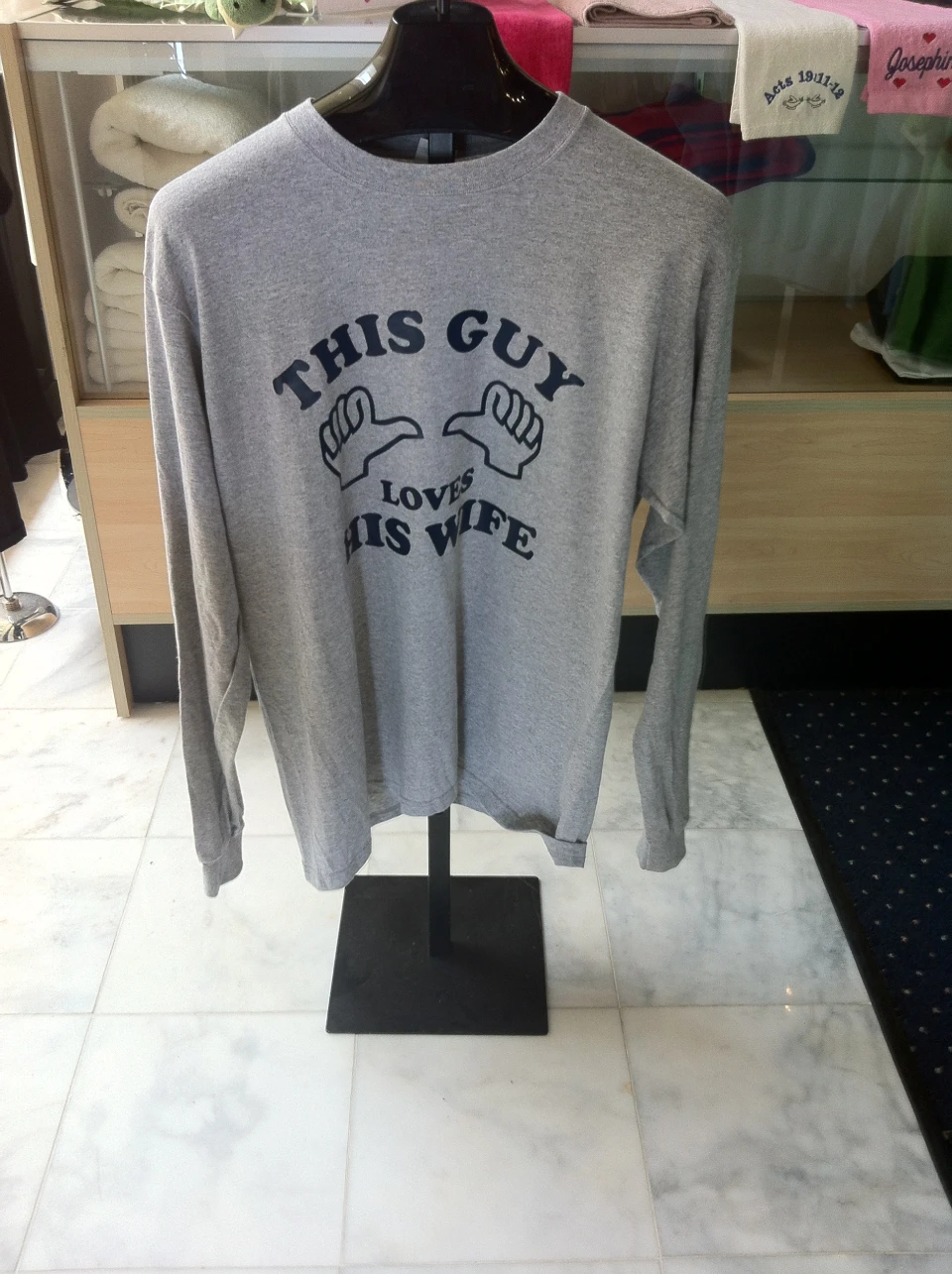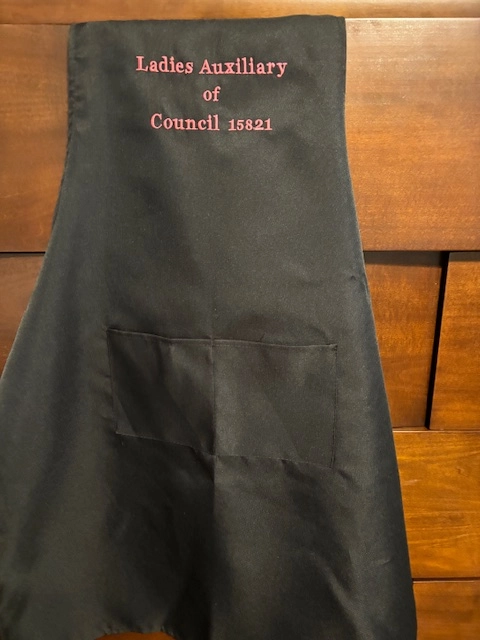The Art of Custom Embroidery: Unlocking the Tricks to Creating Distinct and Remarkable Designs
The keys to creating custom needlework styles that captivate the eye and leave a lasting impression lie in a fragile equilibrium of strategy, creative thinking, and interest to information. As we dig into the globe of personalized needlework, we uncover the nuanced interaction between string choice, stitch intricacy, and style customization that raises a simple garment to a job of art.
Choosing the Right Needlework Threads
When picking needlework threads, what vital factors should you think about to make certain the best results for your custom-made layouts? The option of embroidery thread is vital in identifying the last end result of your stitched design.
Additionally, the weight or density of the thread plays a substantial role in the look of the needlework. Thicker threads can add dimension and appearance to your layout, while finer threads are optimal for elaborate details and little message. Furthermore, thinking about the color fastness and washability of the string is vital to make sure that your customized styles keep their top quality and vibrancy with time. By carefully evaluating these aspects and picking premium strings that satisfy your particular needs, you can improve the visual appeal and long life of your embroidered creations.
Discovering Different Stitch Techniques
To delve right into the realm of 'Checking out Various Stitch Techniques', one need to grasp the ins and outs and nuances that each stitching approach brings to the art of embroidery. Different stitch techniques not only include aesthetic interest but likewise contribute to the total texture and dimension of the layout. One popular stitch technique is the satin stitch, which entails carefully packed parallel stitches to develop a smooth and shiny surface area, suitable for filling up in shapes and producing strong details.
On the various other hand, the backstitch is a versatile technique often utilized for outlining and including great details. It entails sewing backwards to create a solid line of embroidery. Additionally, the French knot stitch adds a responsive element to layouts, ideal for developing textured accents like flower facilities or attractive touches.
Checking out different stitch strategies permits embroiderers to have fun with light, shadow, and deepness within their designs, boosting the visual charm and imaginative quality of their needlework projects. By understanding different stitching methods, one can unlock endless possibilities for developing unique and unforgettable custom-made needlework pieces.
Incorporating Personalized Layout Components
Having discovered the intricacies of different stitch methods such as the satin stitch, backstitch, and French knot, the focus currently shifts towards integrating tailored design informative post aspects in personalized embroidery jobs. Customized layout elements play an important function in making embroidery jobs absolutely one-of-a-kind and memorable.
Another way to integrate individualized style aspects is by consisting of icons or motifs that hold unique definition to the recipient or mirror their rate of interests and personality. For instance, integrating a preferred blossom, pet, or hobby-related symbol can make the embroidery style a lot more significant and customized. In addition, picking shades that resonate with the recipient or line up with the intended motif can better enhance the personalization of the embroidery job.
Mastering the Art of Shade Sychronisation

One key facet of color coordination is comprehending color theory. This includes understanding just how various shades interact with each other, the feelings they convey, and exactly how they can be incorporated to produce aesthetically enticing layouts. By using shade concept principles, embroiderers can produce harmonious shade combinations that enhance the general look of the style.
Furthermore, paying focus to comparison is crucial in places to get a shirt made near me color coordination. Utilizing contrasting shades can aid particular components of the style pop, enhance clarity, and produce an aesthetically dynamic needlework piece. By mastering the art of color sychronisation, embroiderers can elevate their designs and develop remarkable items that resonate with clients and viewers alike.
Enhancing Appearance With Advanced Embroidery Stitches

French knots, for instance, are excellent for adding tiny, elevated dots to your layout, imitating the look of beads or producing a distinctive surface area. Bullion knots, on the various other hand, can be utilized to create twisted, ropelike components that add an extravagant feel to the needlework. Seed sewing includes small, scattered stitches that can complete locations with a multicolor structure, while turkey work creates cosy, dimensional accents similar to animal fur or vegetation. Experimenting with these sophisticated embroidery stitches enables you to press the limits of standard embroidery and create truly one-of-a-kind and aesthetically attractive textures in your layouts.
Conclusion
To conclude, the art of personalized embroidery includes check it out a combination of picking the best strings, checking out various stitch strategies, incorporating tailored layout components, understanding color control, and improving structure with sophisticated stitches. By comprehending and carrying out these crucial elements, embroiderers can develop distinct and remarkable designs that display their creative thinking and skill. Embroidery fanatics can unlock the tricks to producing beautiful and custom pieces that attract attention and leave a long lasting impression.